Laser Cut Invar Service
Trusted by
1,000’s
of Satisfied Customers
30+
Years in Business
Invented in the late nineteenth century by Swiss physicist Charles Édouard Guillaume, invar metal rapidly distinguished itself as an alloy of remarkable stability and low thermal expansion. Its name, derived from “invariable,” reflects this unique property of scarcely changing its shape with temperature fluctuations. Today as laser cutting technology advances the boundaries of manufacturing, invar’s characteristics make it prized for producing precision parts. Laser cutting of invar has become a common paring, and because Invar is relatively soft compared to stainless steels but has a high nickel content, traditional machining can be slow and tool-wearing. This makes laser cutting an excellent method for producing Invar components. There are many more aspects of invar and the following questions and answers are provided for further insight into this metal alloy.
Manufacturing Methods
How Does Laser Cutting Compare to Die-cutting, Waterjet, or CNC Machining of Invar?
Laser cutting offers a clear edge when working with Invar. Unlike die-cutting, which requires costly tooling and is best suited for high-volume runs of simple shapes, laser cutting allows for complex, precise geometries without the upfront tooling expense. Compared to waterjet cutting, lasers deliver finer detail and tighter tolerances, while avoiding abrasives that can contaminate delicate parts. And against CNC machining, which can be slow and hard on cutting tools due to Invar’s high nickel content, laser cutting provides fast, clean cuts with no tool wear.
In short, laser cutting stands out for speed, precision, and flexibility, making it the go-to choice when accuracy and efficiency matter most in Invar components.
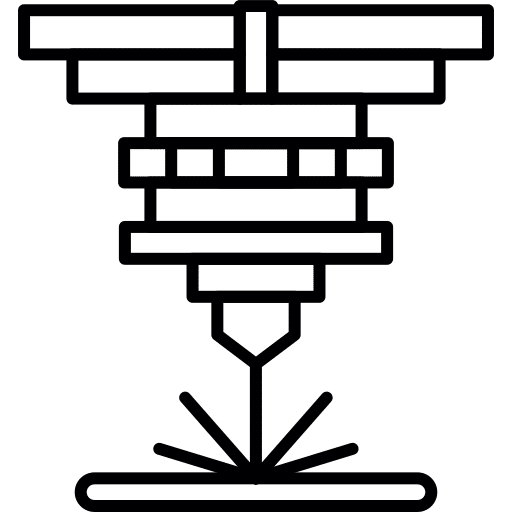
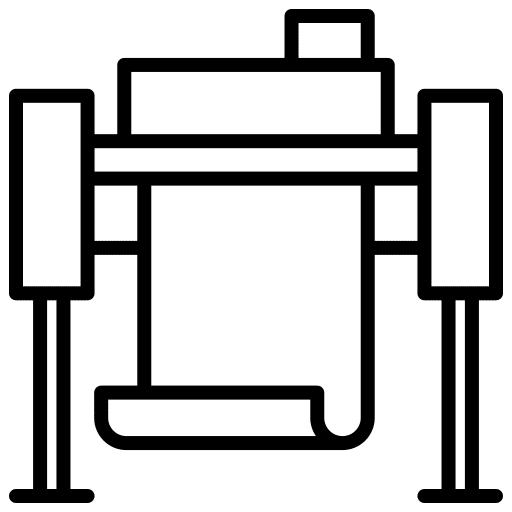
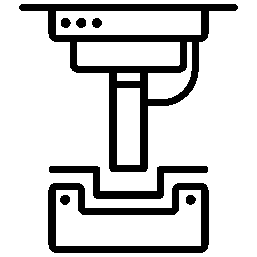
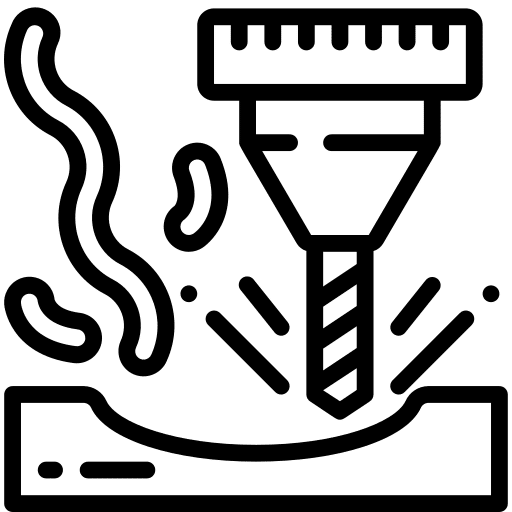
The Tale of Tolerance
What Are the Tightest Tolerances Your Laser Cutting Process Can Maintain When Cutting Invar?
The exact tolerance depends on material thickness, and the manufacturing methods capability. For invar sheets and foils, we can use ultraviolet and fiber laser systems. For UV, you can expect tolerances to held to +/- .5mil to 1mil, for many projects. While using fiber lasers, the tolerance is will be +/- 1mil to 2mils. The thickness of the invar sheet or foils and the complexity of the cut path will affect the tolerance threshold. Laser parameters can be adjusted to compensate for this to some degree, but it may increase throughput time and cost. Laser cutting, however, is one of the most efficient ways to achieve tight, repeatable tolerances on Invar, especially for thin foils, detailed components.
Material Traits
How Do Material Characteristics Like Reflectivity, Softness, or Thermal Conductivity Affect Edge Quality and Tolerance Control in Invar?
The characteristics of a material can have a tremendous effect on the final product’s performance. How it adjusts to internal and external conditions, it’s expected longevity, are some of the factors considered when choosing a material and manufacturing method such as laser cutting.
| Material Trait | Effect On Laser Cutting | Impact on Edge Quality & Tolerances |
|---|---|---|
| Reflectivity (Moderate due to nickel content) | Nickel can reflect part of the laser beam, but fiber and UV lasers overcome this efficiently. | Maintains consistent cutting quality, with minimal risk of incomplete cuts or rough edges. |
| Softness (Relative to steels) | Softer than stainless steel, it cuts quickly without heavy thermal stress. | Produces smooth, burr-free edges and helps achieve very tight tolerances. |
| Therma Conductivity (Low to Moderate) | Heat stays localized instead of spreading, allowing for precise laser focus. | Results in narrow kerf, sharp detail, and minimal heat-affected zone (HAZ), critical for dimensional stability. |
Invar’s balance of reflectivity, softness, and thermal conductivity makes it highly compatible with laser cutting, enabling clean edges and exceptional tolerance control and is exactly what industries like aerospace and precision optics demand.
The HAZ Factor
What Edge Quality Can Be Expected When Laser Cutting Invar? Are Burrs or Heat-Affected Zones (HAZ) Present?
When laser cutting Invar, you can expect exceptionally clean and precise edges thanks to its relatively soft structure and low thermal expansion. The process produces a narrow kerf with minimal heat-affected zones (HAZ), which helps preserve the alloy’s prized dimensional stability. Burrs are rare and usually negligible, especially when fine-tuned laser parameters are used. Overall, laser cutting delivers sharp, smooth edges with little post-processing required, making it the preferred method for high-precision Invar components.
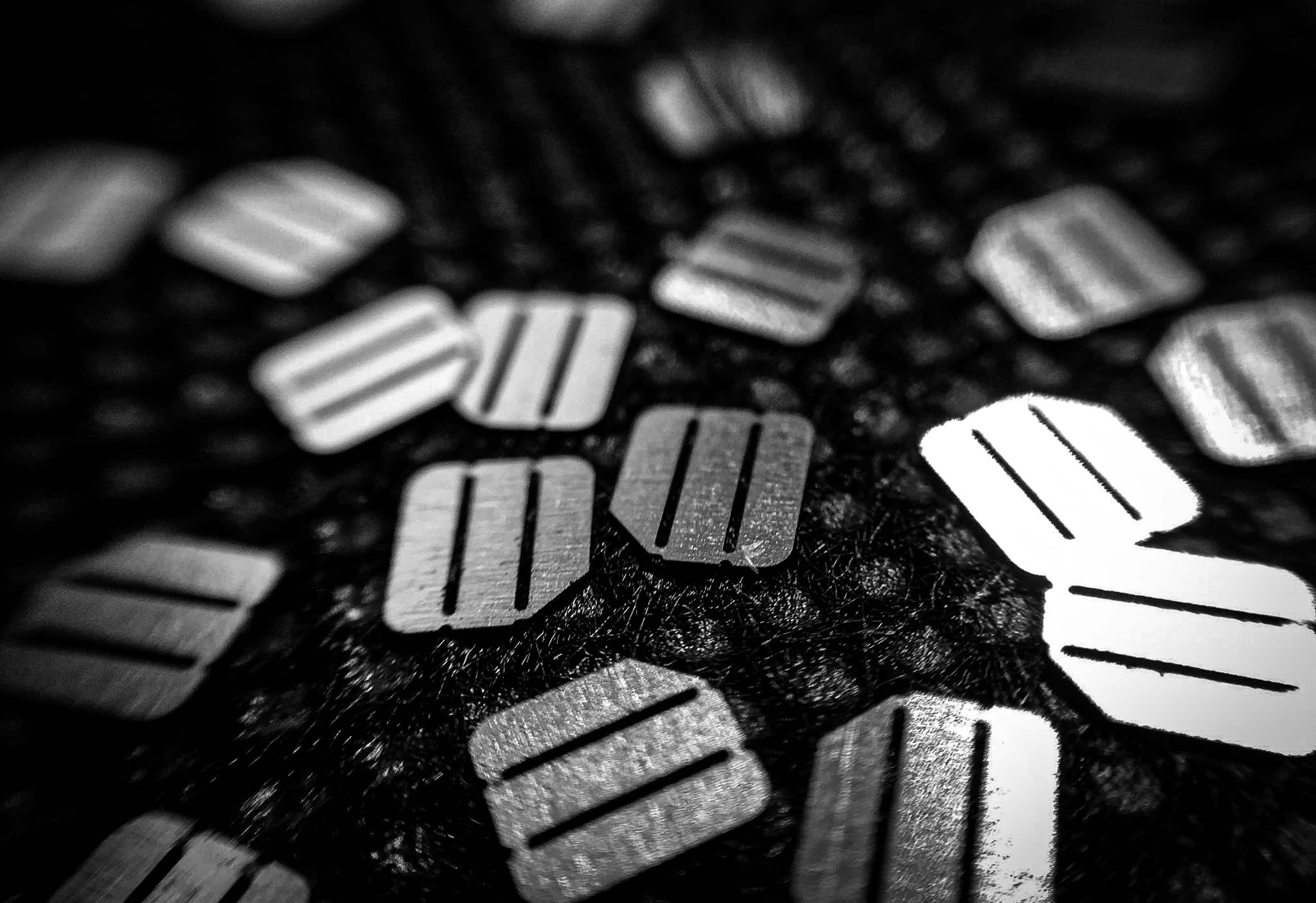
Key Takeaways
What Are the Benefits to Laser Cutting Invar?
In short, Invar’s historical role in advancing precision components is mirrored today by how laser cutting technology unlocks its potential for modern industries demanding uncompromising accuracy.
- Tight tolerances for ultra-precise components, critical in optics and aerospace parts.
- Minimal mechanical stress, preserving Invar’s dimensional stability.
- Clean edges on thin sheets and foils used in precision shims, diaphragms, or photomask frames.
- Design flexibility, allowing rapid prototyping of intricate geometries without tooling.
Final Words
Invar metal is one of the numerous metal alloys being cut with laser technology, giving engineers the ability to refine designs and improve products with mechanical solutions using this unique alloy. Keep in mind that although invar can be a solution for many challenges, there are a host of other metallic materials that may be a better solution, depending on the design and usage criteria. Laser cutting machines are designed to support the needs of current manufacturing while addressing future challenges through continued research and development.
